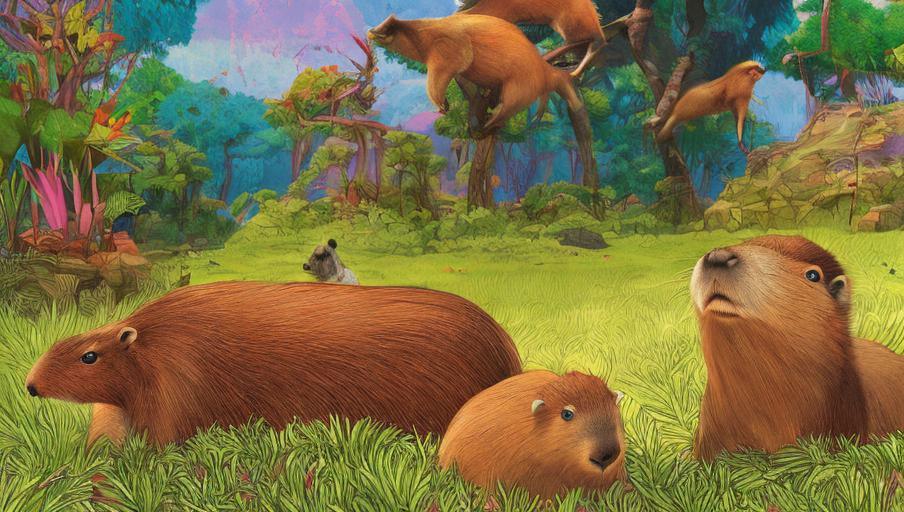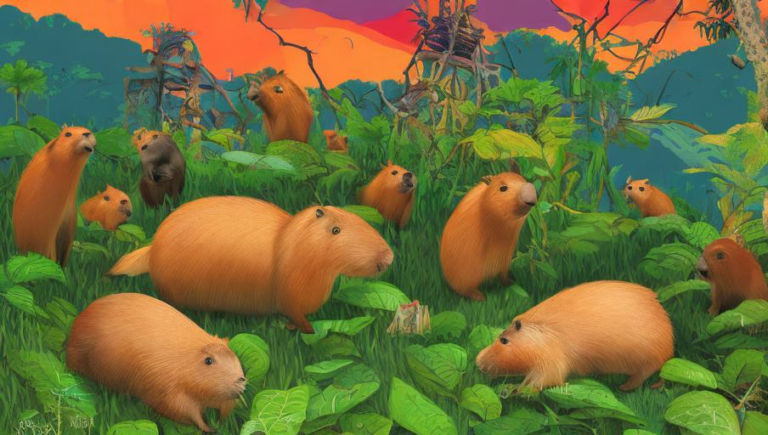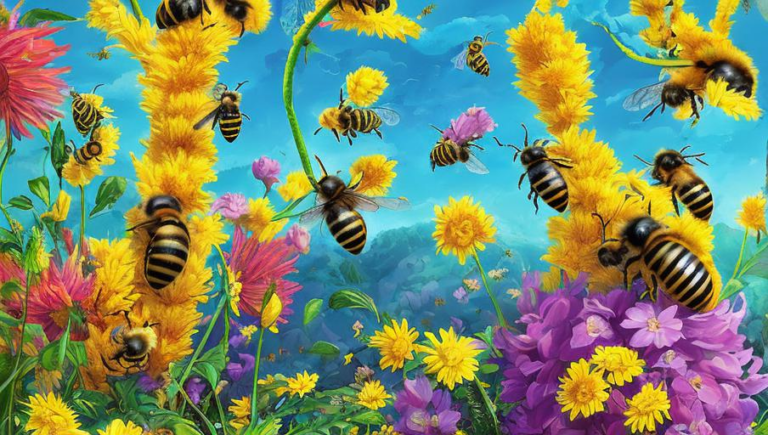Niche of the Capybara in the Ecosystem

The Capybara: An Adaptable and Essential Animal
The Capybara is a large rodent native to South America and is the largest living species of rodent in the world. It is also known as the ‘water hog’ because of its semi-aquatic lifestyle and its preference for living near bodies of water. Capybara can grow up to 4 feet long and weigh up to 140 pounds!
A Unique Niche in the Ecosystem
The Capybara plays an important role in the ecosystem and is a keystone species. In other words, it is a species that has a disproportionately large effect on its environment relative to its abundance. This is because the Capybara helps to maintain healthy ecosystems by eating aquatic plants and preventing overgrowth. It also feeds on fruits, grass, and leaves, which helps to spread the seeds of these plants, ensuring healthy reproduction. The Capybara also serves as an important food source for larger predators, such as jaguars, ocelots, and caimans.
The Capybara is also an important part of the food chain and helps to keep populations of other animals in balance. It is an important prey species for many large predators, and its presence ensures that these predators remain healthy and well-fed. Additionally, the Capybara’s population levels are kept in check by its predators, which helps to maintain a healthy balance in the environment.
A Versatile Creature
The Capybara is a remarkably adaptable creature, which makes it well-suited to its environment. It can live in a variety of habitats, including wetland areas, grasslands, and even in urban areas. Additionally, the Capybara is able to swim, walk, and run on land, and it can even climb trees!
The Capybara is also a social creature, and it usually lives in groups of 10-20 individuals. This helps them to protect themselves from predators, as well as to find food more efficiently. Additionally, the Capybara is able to communicate with one another through a variety of vocalizations, such as grunts and barks.
Conservation Status
The Capybara is considered to be a species of least concern on the IUCN Red List, meaning that its population is stable and not threatened. However, its population is threatened by habitat destruction due to human activity, and it is also hunted for its meat and fur in some areas. As a result, it is important that we continue to monitor the Capybara’s population and take steps to protect its habitat.
Conclusion
The Capybara is an essential species in the ecosystem, and it plays an important role in the food chain. Its adaptable nature makes it well-suited to a variety of habitats, and its social behavior helps it to protect itself and find food more efficiently. However, its population is threatened by habitat destruction, and it is important that we take steps to protect it. The Capybara is an amazing species, and it deserves our respect and protection.





